Is Your Commercial Property Vulnerable to Flooding?
No structure is immune to flooding, but there are ways to reduce the risk and mitigate the damage. For commercial properties, the stakes are even higher: At least one-quarter of businesses that close their doors after a flood never reopen.
Because they are generally larger and costlier to build, commercial properties tend to be disproportionately affected by floods. In one region, fewer than 20% of commercial structures were in floodplains, yet these properties accounted for more than 50% of damage from flooding.
It’s more important every day to account for the extreme weather that causes flooding: Heavy rains have increased by 37% over the past 70 years in the Midwest, and the region is predicted to have the greatest increases in precipitation going forward. Though floods are inevitable, you can take steps to reduce the damage by thinking through where you’re most vulnerable and how to redirect floodwater.
Permeable Paving: A Triple-Threat Solution
This helps slow down or prevent peak flows that could more quickly overwhelm the ground and make flooding worse. It also offers a more attractive solution than concrete and helps boost water quality by making it easier to remove pollutants from the runoff.
1. Cost
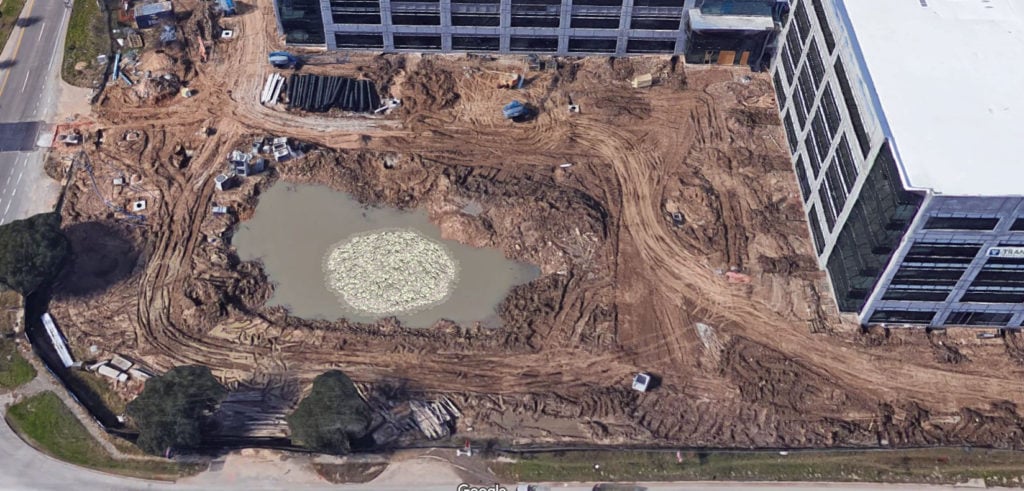
Traditional solutions such as concrete, asphalt, and gravel are expensive. In addition to construction costs, they require building separate drainage systems such as detention ponds or levees. Both of these add expenses at installation as well as maintenance costs over time.
A permeable solution is less of a dent to your wallet, and because the pavers let water flow through, there’s no need for the added costs of a separate drainage and detention system.
Even better, it may be fundable under the Federal Emergency Management Agency’s grant programs.
2. Longevity

As the plague of potholes across the country proves, hardscape surfaces just don’t hold up well to any kind of weather. Whether you’re in the North, where freezing is an issue, or in the South, where you’re in a wet-dry cycle of seasons, concrete and asphalt tend to crack. Once again, that means spending far more on maintenance: If these surfaces are not well-cared for, they have much shorter life spans.
Permeable paving, on the other hand, is more flexible. It “hugs” the earth and moves with its seasonal shifts, which cuts out the work and cost of maintenance in the long term.
3. Effectiveness
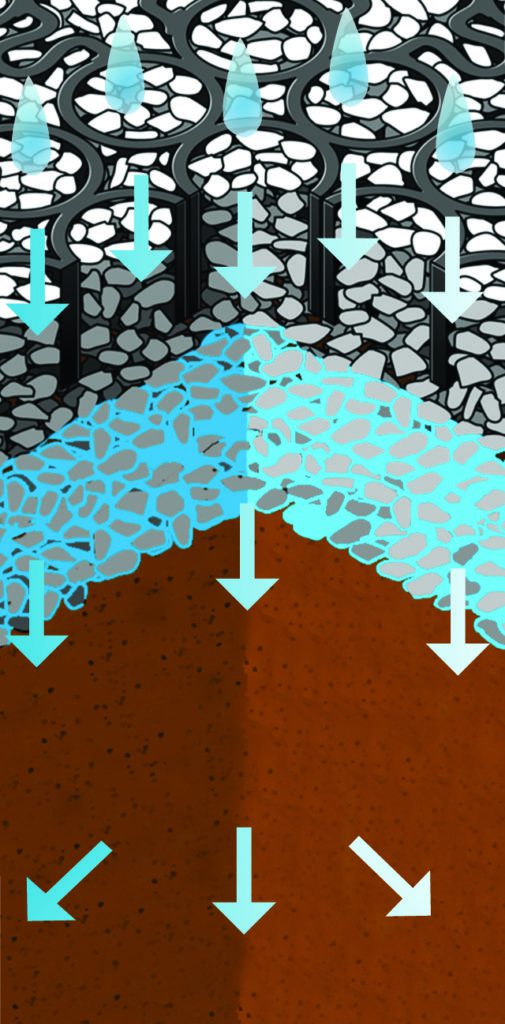
Permeable paving is truly one of the most effective ways to reduce flooding in the first place because it’s extremely effective in draining and rerouting floodwater. This solution’s open pores redirect water rather than having it build up, giving the floodwater an escape and keeping it from threatening your property. Research shows that permeable paving can reduce runoff by up to 50 percent — a major decrease in the potential for flood damage.
Floods may be a fact of life, but you have control over the damage they cause. Using permeable paving keeps floodwater away from your commercial property, providing flood prevention that’s less expensive, more durable, and more effective. That’s the best armor your property can have against floods.
| To learn more about improving your stormwater management through permeable pavers, read our whitepaper. |
Combined with the extreme rain and storm patterns we’ve seen over recent years, urban development is one of the biggest contributors to today’s heightened risks of flood damage. Development will always continue, and growth is inevitable for any healthy economy. However, the impervious concrete and asphalt layouts of the past are the same solutions that contractors most frequently use today.
Because they’re impervious, concrete and asphalt have to allow stormwater to drain through inlets into undersized city systems. Whether through quick flash flooding or sustained hurricanes, enormous amounts of stormwater are becoming more than those inlets and city systems can handle. Besides creating flood damage, the runoff is also raising pollution levels in our aquifers and waterways.
Fortunately, the same ol’, same ol’ is no longer the only solution for city construction and development. Reducing flood risks and the potential for property damage may be accomplished with one or a combination of greener solutions, such as these:
1. Stormwater wetlands

Stormwater wetlands are basins that contain water, soil or sand, and several select wetland plants. They’re designed to hold onto stormwater as it falls and then release it into the surrounding environmentally at a more controlled pace.
This helps slow down or prevent peak flows that could more quickly overwhelm the ground and make flooding worse. It also offers a more attractive solution than concrete and helps boost water quality by making it easier to remove pollutants from the runoff.
2. Bioswales and rain gardens
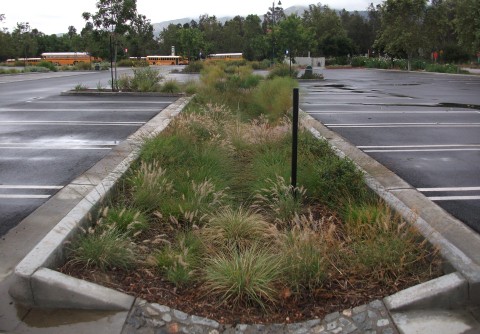
Bioswales and rain gardens also help slow the rate of stormwater runoff, but instead of wetland plants, they consist of other flood-tolerant plants. The soil that supports them creates an effective filter to help separate pollutants as the water infiltrates it.
The use of vegetation helps improve air quality in addition to the aesthetic appeal of residential and business parking lots, sidewalks, and roads. If necessary, they may also be fitted with hidden underdrains, especially in areas where soil offers lower-than-usual infiltration.
3. Green roofs
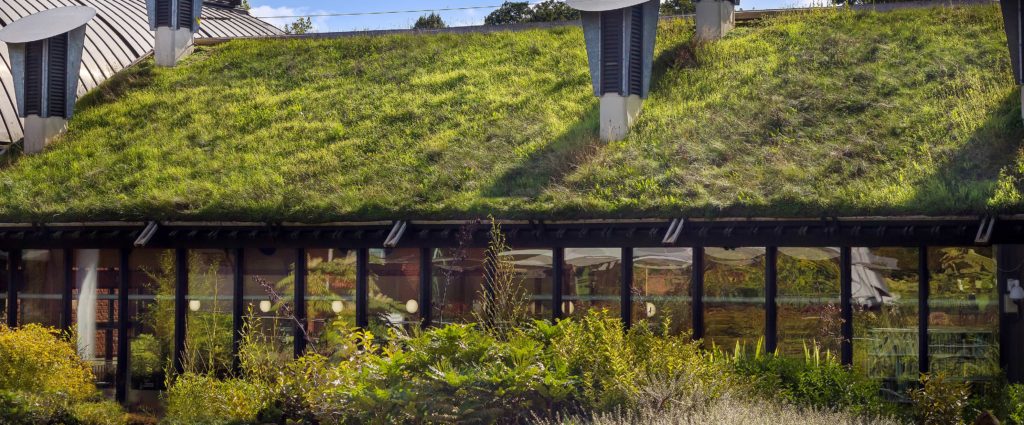
The ground isn’t the only area where accumulated stormwater is a problem. Many buildings can also take advantage of green roofs that lay at flat or slightly sloping angles and that utilize flood-resistant vegetation, filter membranes, thermal insulation, and more.
Most roofs can be converted into green roofs according to their specific weight capacities. On average, they can capture up to 70% of stormwater that falls on the roof, according to a University of Toronto study.
4. Permeable pavers

Because you need to be able to drive on your property, use permeable paving instead of impervious cover like asphalt or concrete. Permeable pavers are far better at stormwater management because water can infiltrate their surfaces through open cells, or pores, instead accumulating or quickly turning into runoff.
Permeable pavers come in several styles, including interlocking bricks, porous asphalt, plastic grids, and more. The materials are often combined with green recycled materials, such as plastics, to make them durable as well as porous.
As storms and flood risks increase, more properties will benefit from finding greener flood-proofing solutions that don’t put a greater strain on existing drainage systems. Using one or a combination of these solutions will not only flood-proof your property, but will also reduce the risks of flood damage to the homes and businesses around you.
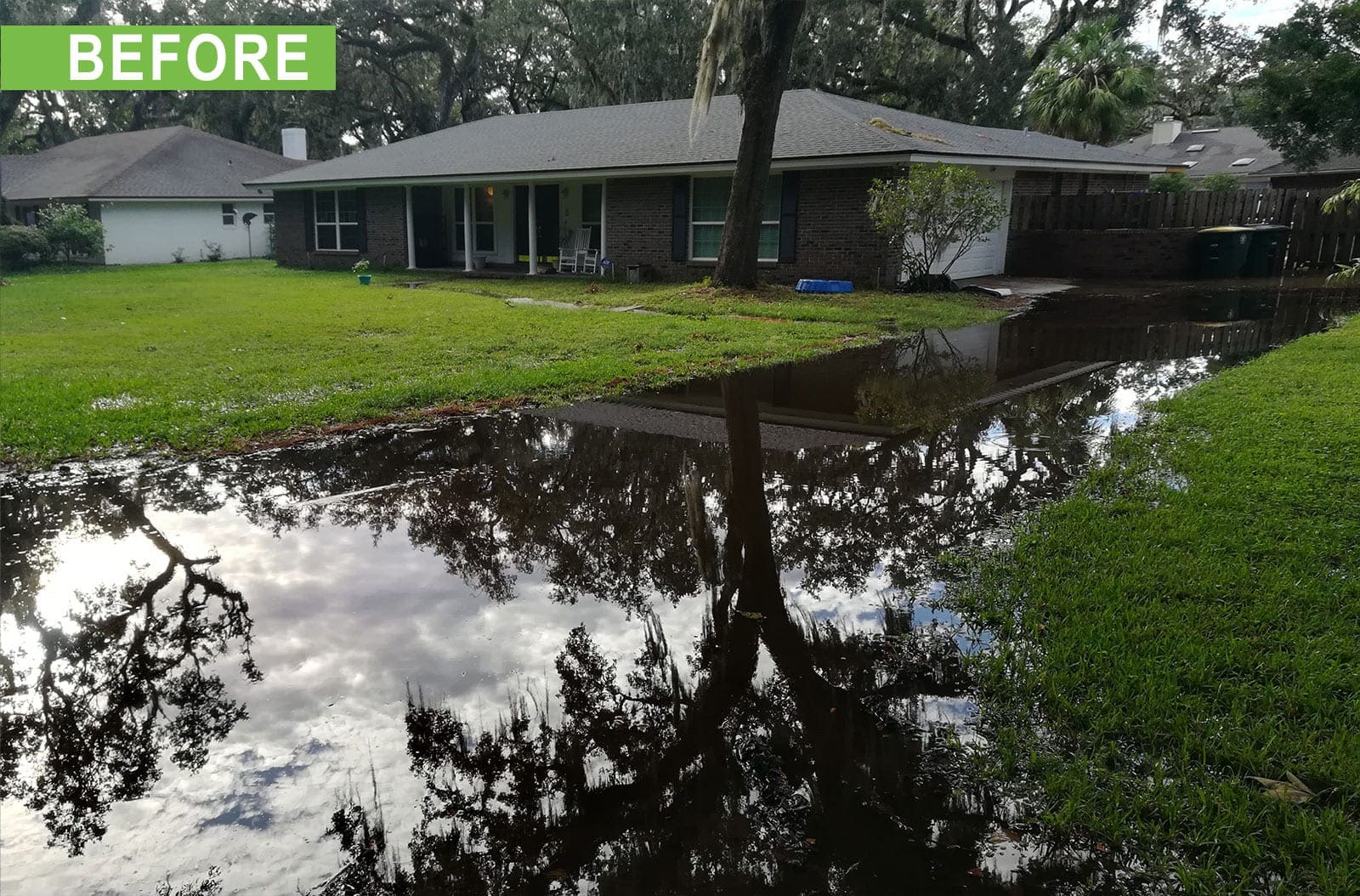
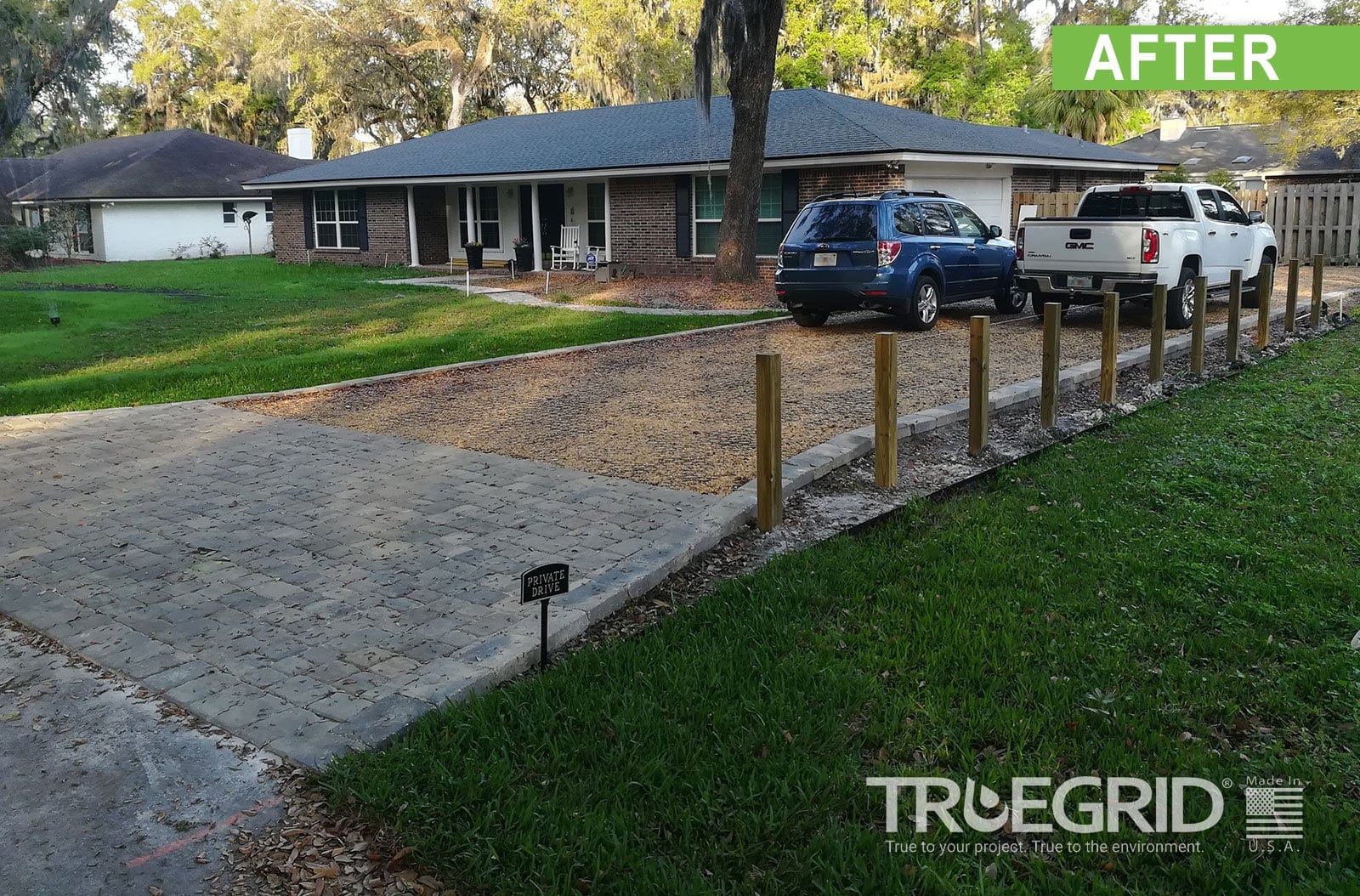
| To learn more about improving your stormwater management through permeable pavers, read our whitepaper. |



